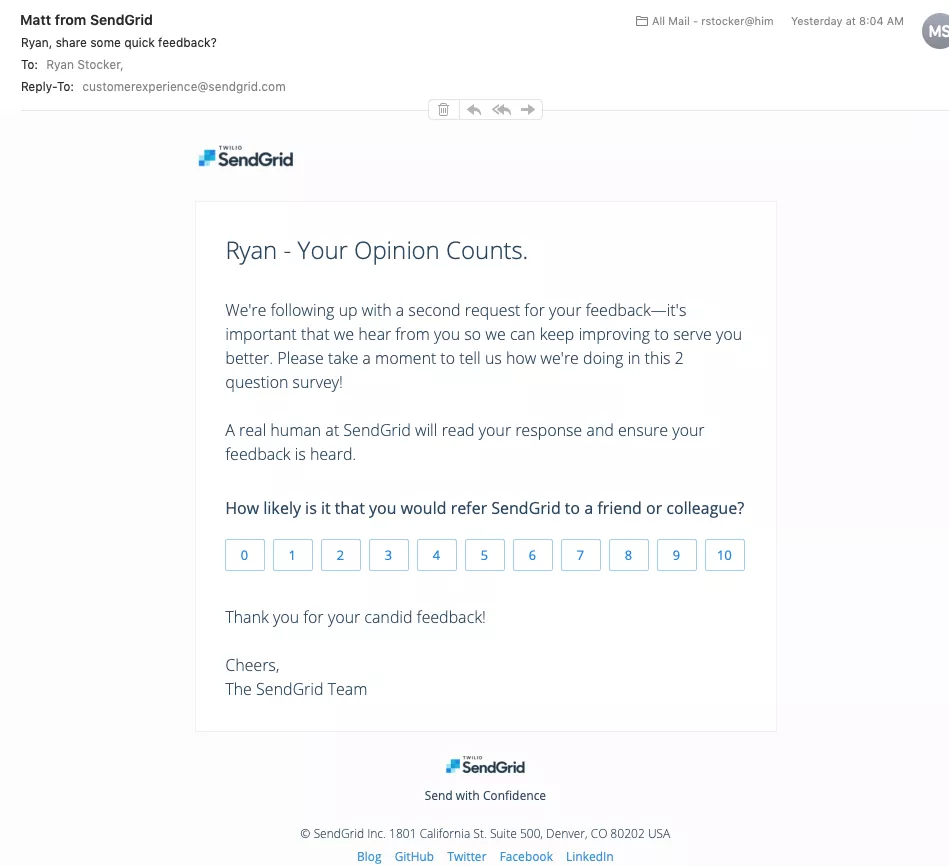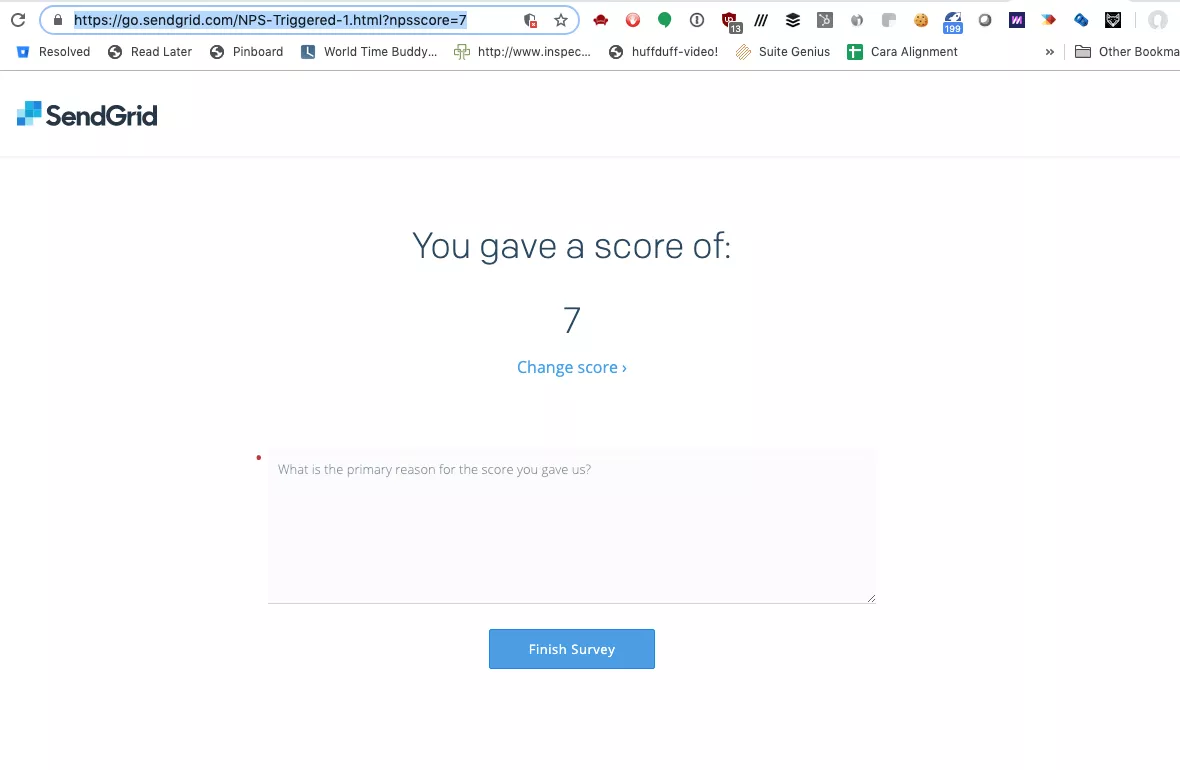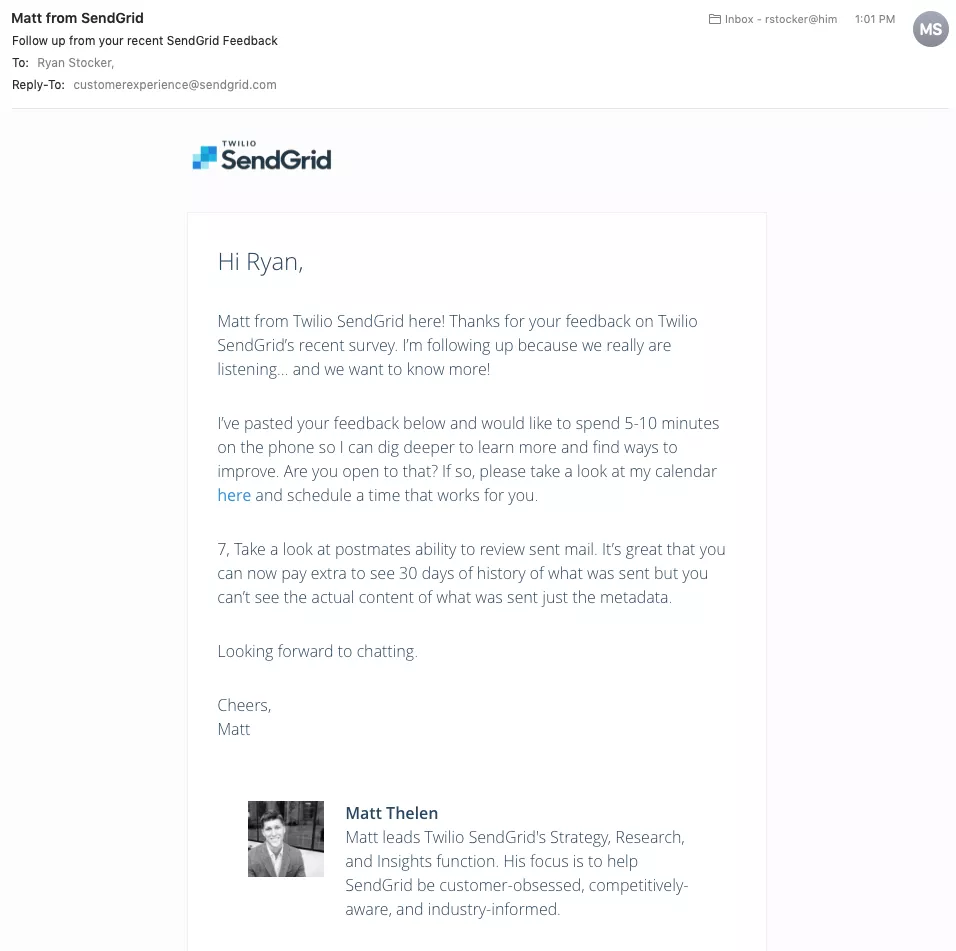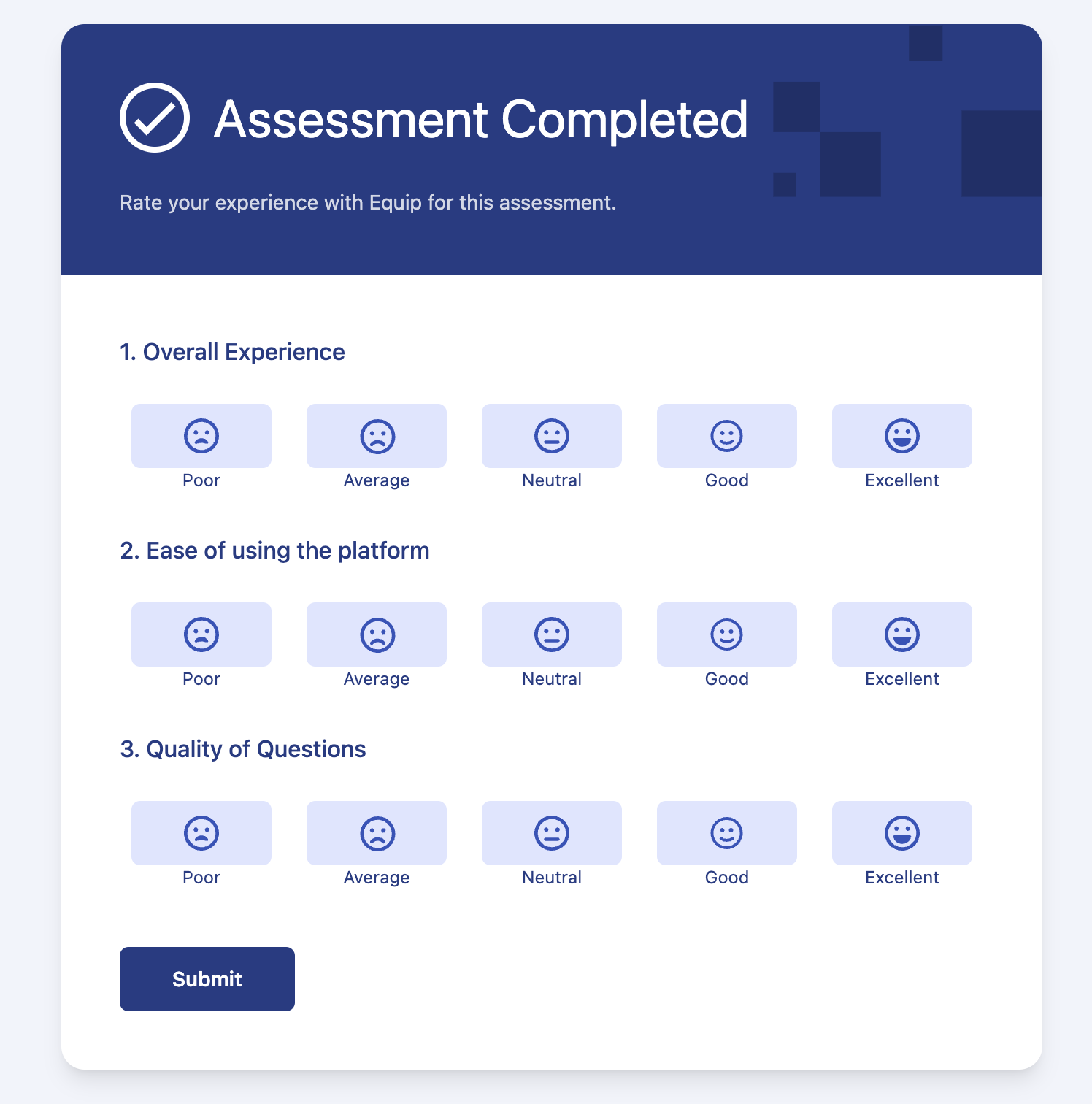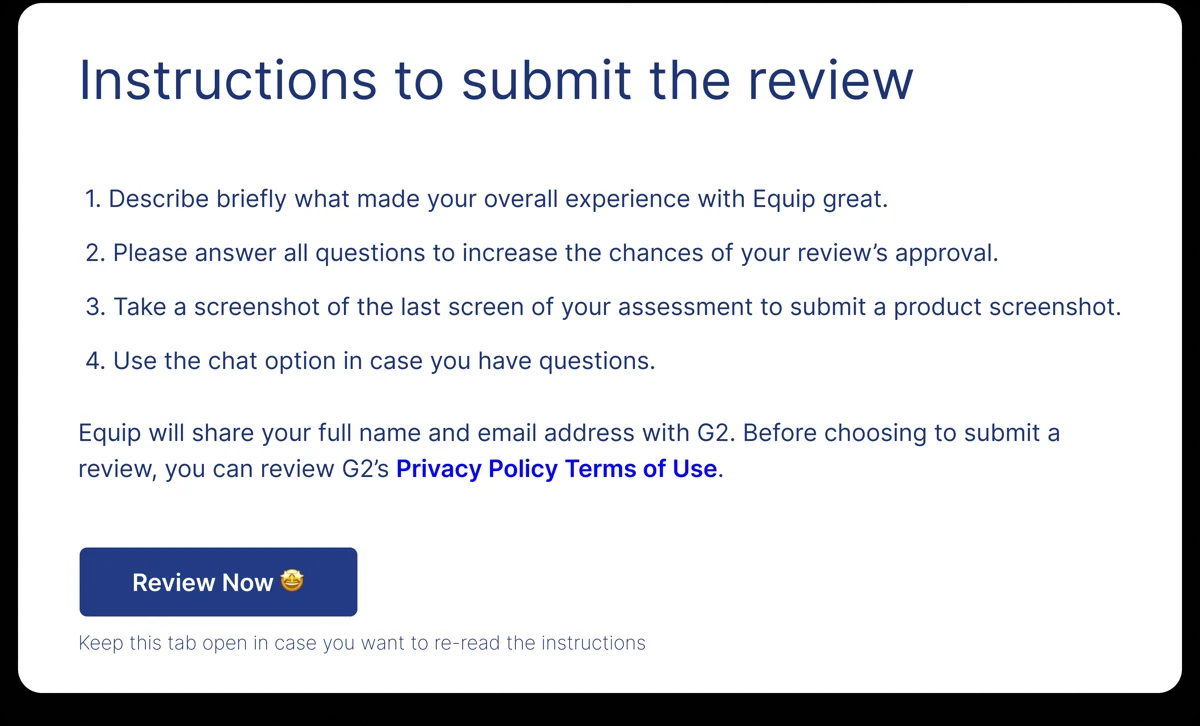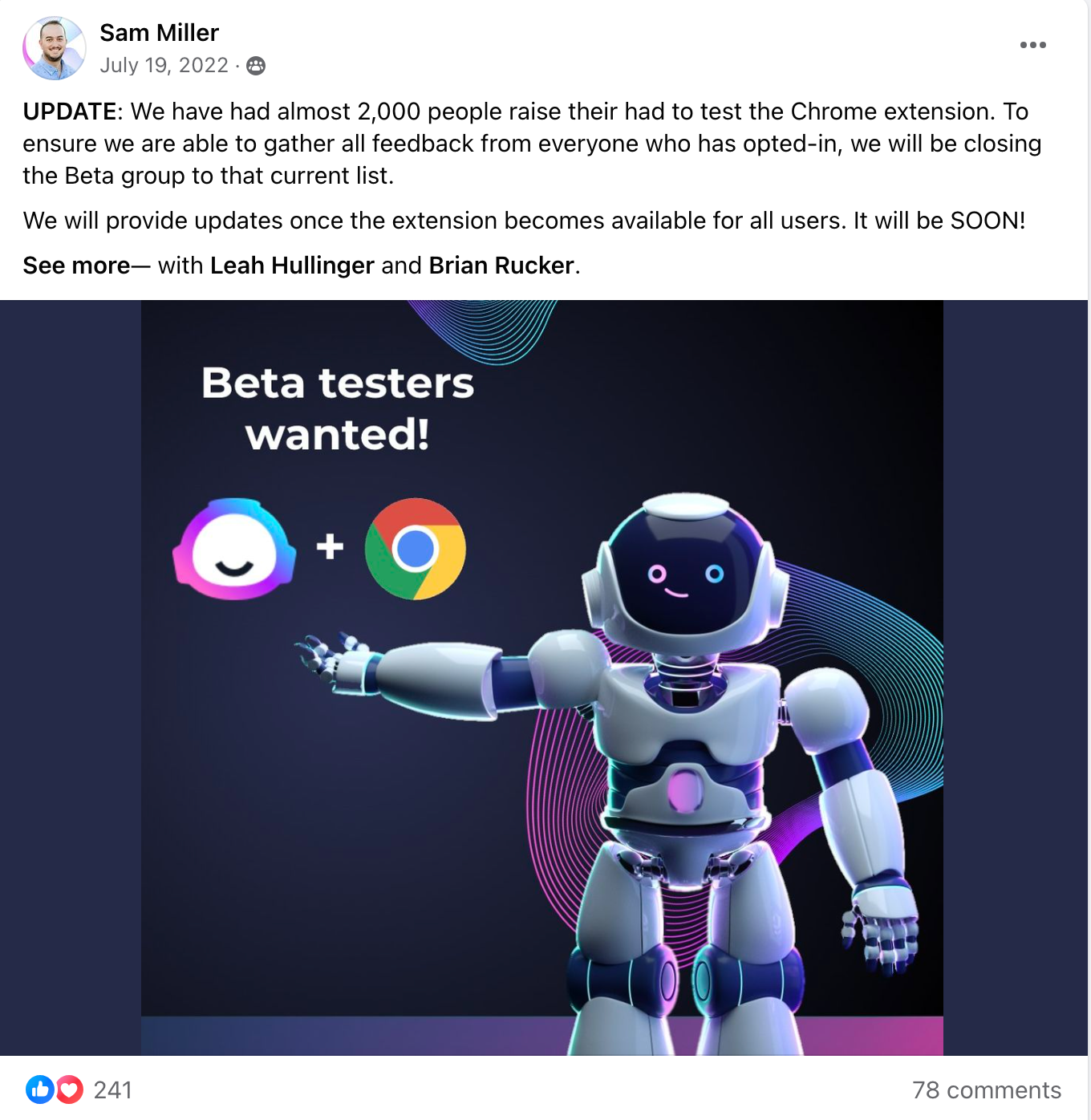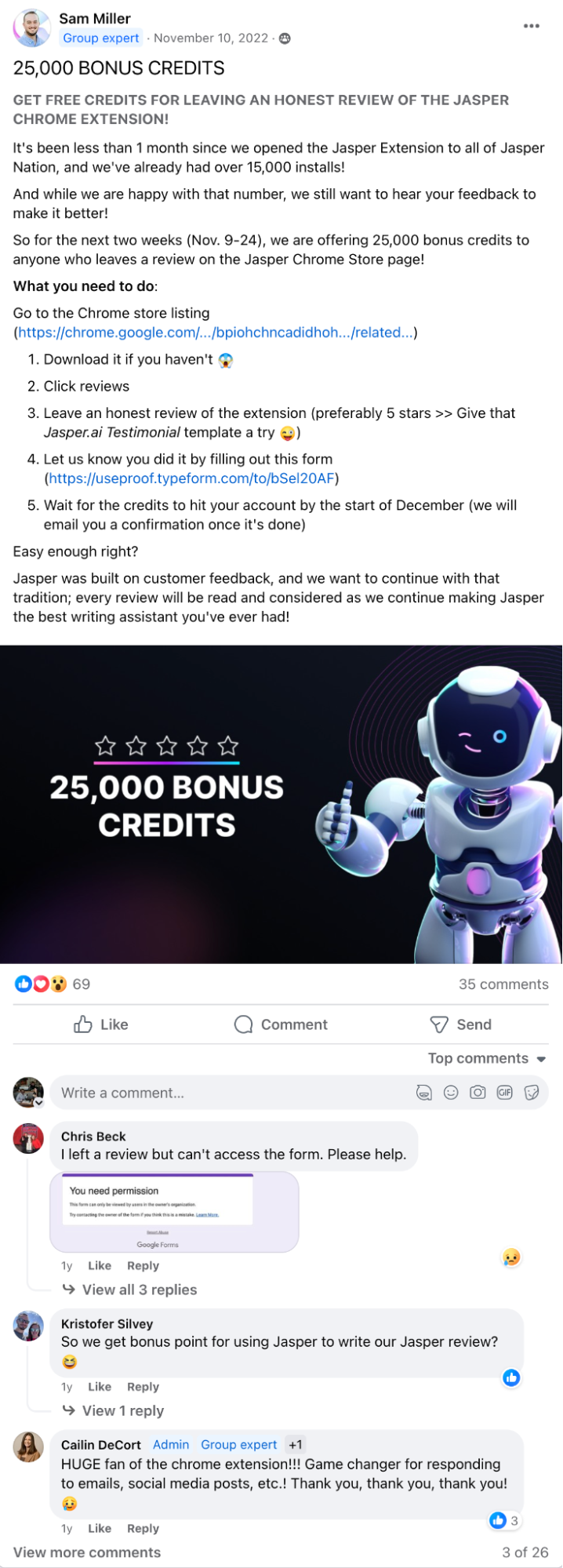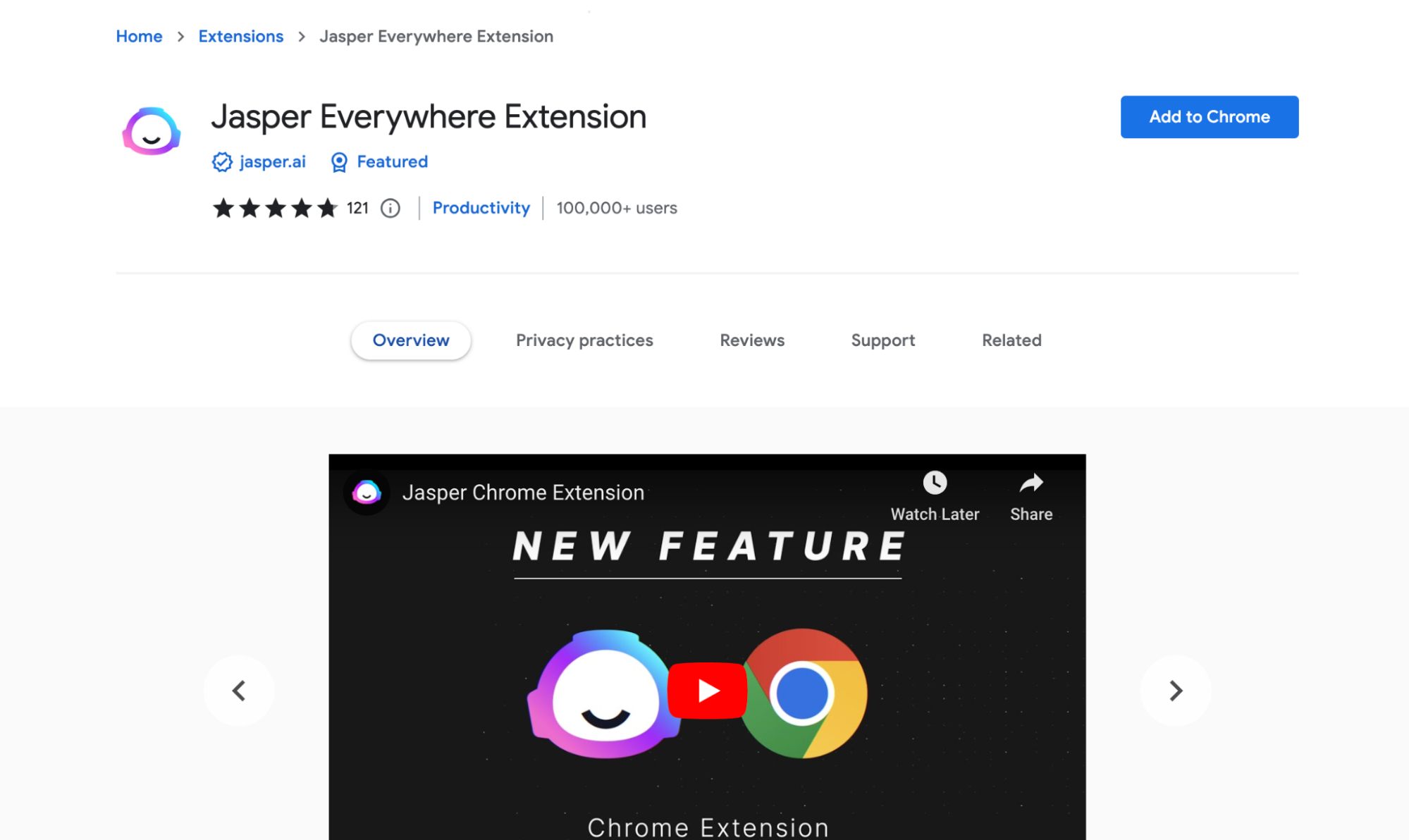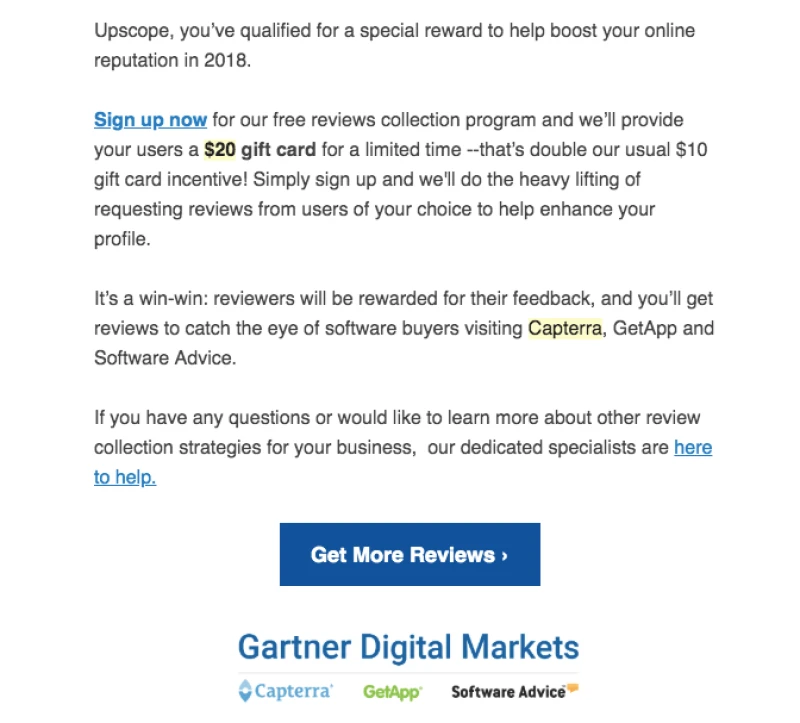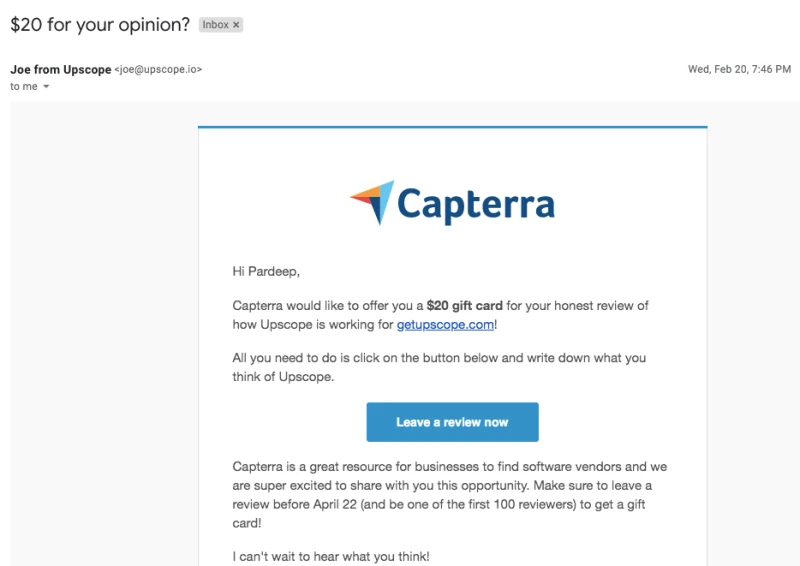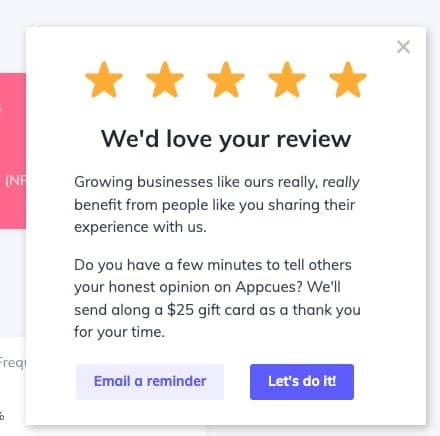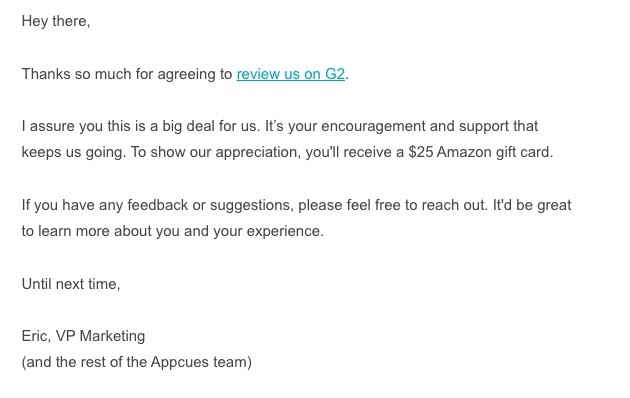How To Ask For Testimonials: Learnings From 6 Companies Getting Results
While the standard advice is to ask frequently, it may not be as simple as it seems.
Yes, persistence is important. But there’s a risk of annoying your users with excessive and repetitive follow-ups. Most importantly, asking 10 times your least engaged users won’t help.
A more effective approach is to learn from successful examples. Why start from scratch when you can adopt strategies from companies with proven results?
In this post, we’ll examine six software companies that have found a process for getting customer testimonials. By reverse-engineering their methods, you can adjust your approach to get more testimonials.
#1 SendGrid – Using email automations to ask for testimonials and feedback
SendGrid is an email delivery service that uses email to ask for customer testimonials and solicit a response for a net promoter score (NPS).
[Caption: SendGrid’s email follow-up for NPS – Source: Savio]
After choosing a score, you’re taken to a web page to leave a written comment.
[Caption: A form for customers to leave written feedback based on NPS score for SendGrid – Source: Savio]
After leaving a comment, you’ll receive an email to schedule a time to discuss your feedback in more detail.
[Caption: SendGrid’s second follow-up email to schedule a call to discuss customer feedback – Source: Savio]
Learnings
- Personalization: Studies show that adding personalization to email subject lines increases open rates by 50%. And that’s precisely what SendGrid does in its first follow-up email by including the customer’s name, Ryan, in the subject line and again in the headings of the email message.
- Speak directly to your customer: The first email message strongly emphasizes the importance of customer opinions, e.g., “It’s important that we hear from you so we can keep improving to serve you better.” The word you is used twice in this sentence. Writing in the second person creates a more conversational and engaging tone. Writing in the third person may seem too corporate and generic, which could hurt your conversions.
- Reiterate it’s a small commitment: A barrier to writing a testimonial is time. How long will it take to write a review? SendGrid attempts to overcome this by saying it’s a two-question survey. As a user, you think, “Only two questions? I can do that.”
- Add a human touch: Most experienced marketers can see that these emails are automated despite referring to the customer’s name and singing off as Matt from the SendGrid team. But it doesn’t mean these touches don’t count. It’s also worth noting that in the first message, SendGrid makes a point that an actual human will read your response and ensure your feedback is heard. These human touchpoints are powerful for encouraging engagement from your customers.
#2 Equip – Going beyond standard email campaigns to ask for testimonials
Equip is a software company that assists businesses in evaluating and filtering job candidates. Like many others, they used email sequences (as seen in the previous example) to request customer testimonials. However, the Equip team discovered it required numerous follow-up emails to persuade customers to leave a review.
As a solution, they decided to try G2’s in-app review form, which was a great move. This impressive technology can be integrated into your website and triggered by various user actions. Nevertheless, Equip still needs to determine how to ask for reviews.
They went with a two-step approach.
When a candidate finishes their assessment, the form appears in the app and displays three simple questions.
[Caption: Equip’s in-app customer review form – Source: G2]
After the user submits their response, the following form is triggered with instructions on how to leave a review.
[Caption: Equip’s instructions on how to submit a review – Source: G2]
Equip got 16 reviews on their G2 profile just three days after this form went live and 217 reviews in the first six months.
Learnings
- Design matters: While the words you use in your follow-up are crucial, this example demonstrates how you display those words is just as important. The first form is scannable, making it easy to understand what’s required. Users are also familiar with different faces on surveys, which means fewer words are needed to convey the message.
- Use the power of yes: According to psychologists Jonathan Freedman and Scott Fraser, the concept of yes laddering suggests that if you can get someone to say “yes” to a small request at the beginning, they’re more likely to agree to a larger request later on. Equip implements this idea by first getting you to complete a micro survey before asking for the review instead of asking upfront.
- Clear instructions: Using a numbered list of steps makes it simple for customers to understand how to leave a review.
#3 Jasper – Using community and free product to incentivize testimonials on the Google Chrome Store
Jasper is an enterprise-grade AI tool for marketing teams. Before ChatGPT became popular in 2023, Jasper was the leading generative AI platform. One key factor contributing to its success was establishing an engaged community through its Facebook Group.
The group boasts over 75k members who actively share AI prompts, provide feedback, and receive company updates. The Jasper team leveraged this community to gather feedback on new features and obtain user testimonials. For instance, in 2022, Sam Miller from Jasper’s product team regularly posted updates about the new Chrome Extension tool Jasper developed.
After a few posts about the new Chrome Extension, Sam asked the community to leave a review on the Chrome Store.
The campaign resulted in over 100 reviews on the Google Chrome Store, including the “featured” badge. This Chrome extension has over 100,000 users — not bad!
Learnings
- Invest in a community. The conventional user journey in the SaaS world is to discover your product, sign up for a free trial, and become a customer. You may have an exceptional onboarding experience, but nothing quite beats a community of users sharing their experiences with your product with each other. Creating that environment creates a deeper brand connection, meaning more uptake when you ask for a testimonial.
- Build in public: Agile development ensures your features meet and exceed customers’ expectations. Going further and sharing your progress with your community gets users even more invested and committed to your launch. In this example, Jasper shared a series of updates for their Chrome Extension, creating awareness around the product before asking for a review.
- Incentivise users: The Jasper team offered 25,000 bonus credits to leave a review on the Google Chrome Store, which motivated users to share their feedback.
- Clear instructions: This is a recurring theme on this list. You must be incredibly clear about what steps your users need to take to leave a testimonial. In this instance, Jasper provided a numbered list of instructions with links to make it easy for users to follow. They also added a bit of fun to the steps by using emojis.
- Have a cut-off date: Much like a giveaway, Jasper gave users two weeks to write a testimonial in exchange for free credits. This creates urgency and a much higher conversion rate in a short period.
#4 Looka – Asking for reviews on Trustpilot
Looka is an AI-powered platform for making custom logos and branding kits. Founded in 2016, Looka needed to quickly build trust to compete with other design tools and designers. It turned to Trustpilot as its primary channel for collecting and sharing customer testimonials.
Looka had a great head start with close to a million users and over 50,000 customers. The goal was to email past customers to get the testimonials flowing in on Trustpilot.
[Caption: Looka’s email to past customers asking for a review – Source: Trustpilot]
This campaign resulted in over 1,000 verified reviews within the first month of joining Trustpilot.
Learnings
- Keep it brief: Looka’s email invitation is concise and direct, making it clear what action to take.
- A giveaway incentive: By writing a review, you’re entered into a pool to win an Amazon gift card valued at $25. This is a creative way to provide an incentive without blowing your budget and offering each reviewer a prize.
- Large CTA: As the email message is concise, the link and image to click to leave a review are unmissable, giving them a better chance of conversions.
- Manage expectations: Looka lets users know that leaving a testimonial will only take two minutes, and the review will go live immediately. People are more likely to carve out time in their busy schedules to leave a review if they can approximate how long it will take them to complete the review.
- Personalization: Like other examples in this post, Looka mentions the customer’s name in the email and signs off as a Looka team member. Even though the email is automated, these tweaks add a personal touch, which has been proven to increase conversations.
#5 Capterra – Keeping it simple when asking for Capterra testimonials
Upscope is an interactive screen-sharing app for support and sales teams.
Co-founder Pardeep Kullar got an email from Capterra with a sweet offer. By signing up for Capterra’s collection program, they would offer Upscope’s users a $20 gift card — double the usual rate of $10.
[Caption: Capterra’s offer to Upscope – Source: Upscope]
Upscope jumped on the opportunity to use Capterra’s standard email template. Pardeep figured that Capterra had done extensive A/B testing on the email to maximize conversations.
[Caption: Upscope’s email template for obtaining Capterra reviews – Source: Upscope]
Before this campaign, Upscope had collected eight reviews on Capterra. After implementing the above email, Upscope got 61 reviews in two months.
Learnings
- Optimize your email subject line: Upscope’s only change to Capterra’s email template is the subject line. However, there’s reason to believe this significantly contributed to their success. The subject line “$20 for an opinion?” meets many copywriting best practices, including:
- Curiosity gap: People’s insatiable curiosity drives them to take action. This is known as the curiosity gap. While Upscope’s message communicates an exchange, you’re left wondering, “Opinion for what?”
- Brevity: On a desktop email client, you can see 60 characters, and on mobile devices, up to 25 characters from the email subject line. Meanwhile, 85% of users check email on mobile. The subject line above is 19 characters and just four words, giving it the best chance to be seen on all devices.
- Reference a number: Yesware analyzed 115 million email messages and found that including a number in the subject line increases open and reply rates. By including “$20” at the beginning of the subject line, Upscope makes their email message more compelling.
#6 Appcues – Using segmentation to increase testimonial conversions
Appcues is a software company that provides user onboarding and product adoption tools for businesses. They use NPS to capture user feedback, which fuels their product roadmap, support, and testimonials.
For instance, when a customer becomes a promoter, an in-app pop-up is triggered. I personally hate it when my product experience is interrupted for the sole benefit of the editor of the software I’m using, but it’s definitely effective.
[Caption: Appcue’s in-app pop-up asking for a review on G2 – Source: Appcues]
If you click “Let’s do it,” you’re taken to Appcues’ G2 profile to leave a review. If you click “Email a reminder,” you’ll receive a follow-up email.
[Caption: Appcue’s reminder email for customers to leave a testimonial – Source: Appcues]
Learnings
- Use best-in-class testimonial collection software: Appcues uses its own software in this example to deliver teh smoothest possible experience to their users. Be sure to use best-in-class software to avoid overly complex funnels.
- Target satisfied customers: Appcues identifies and targets promoters within their NPS segmentation. Promoters are users who express a strong positive sentiment and are more likely to write a testimonial.
- Tailor communications: Once promoters are identified, Appcues uses a simple slide-out model to ask them for a G2 review in a non-intrusive way.
- Provide an option to do it later: The Appcues pop-up gives users three options: 1) close the modal, 2) leave a review, and 3) get an email reminder. The third option respects your customer’s time and gives you another chance to convert.
- Plain text email: The jury is still out on plain text vs. HTML marketing emails. Appcues has gone with plain text with a simple hyperlink to their G2 page. It’s worth doing an A/B test to see if a more prominent CTA improves deliverability, open rates, and click-through rates.
- Offer an incentive: Like other examples in this post, Appcues offers a $25 gift card in exchange for a testimonial on G2.

